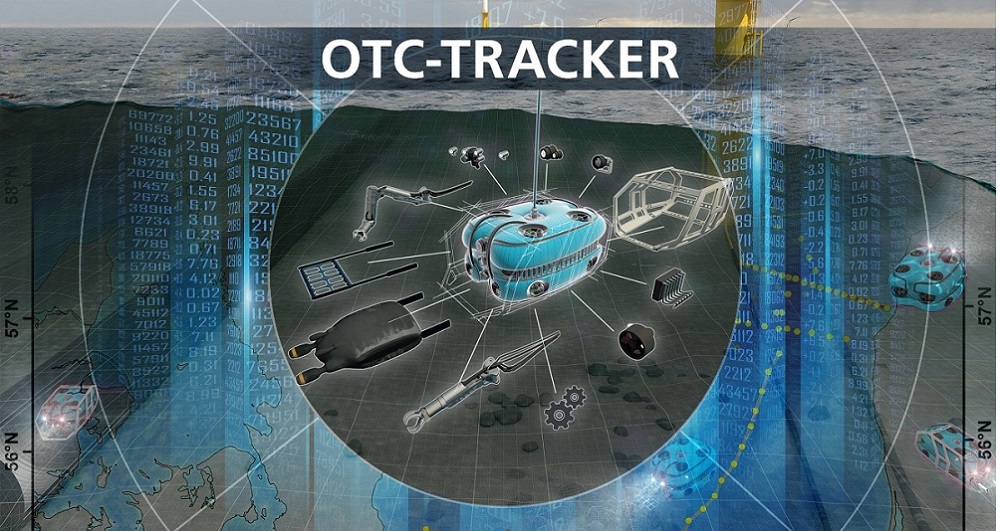OTC Tracker Remote Mission Tracking and Reporting
Runtime:
Project coordination:
Scientific staff:
Cooperation partners:
Source of funding:
January 2022 until November 2024
Prof. Dr.-Ing. Uwe Freiherr von Lukas
M.Sc. Torben Globisch
Fraunhofer IGD, Julius Marine GmbH, RS Diving GmbH
Abstract
The OTC-Tracker project of the future cluster OTC-Rostock deals with the development of a distributed software and hardware system for virtual mission planning based on 3D environmental data and real-time remote mission tracking for standardizable documentation of processes and workflows.
OTC-Tracker Remote Mission Tracking and Reporting is a project within the BMBF-funded cluster OTC-Rostock. The University of Rostock cooperates with the Fraunhofer IGD and the industrial partners RS Diving and Julius Marine.
In the offshore and underwater industry, a transition of the submarine work process from the use of human divers to the use of ROVs (Remotely Operated Vehicle) is taking place. This change in combination with the strong growth of both industries creates the need for new and innovative technologies for mission planning, real-time mission tracking and subsequent analysis of acquired sensor and image data.
The goal of the project is to support the pilots of the ROVs in the highly complex operation during the mission as well as in the postprocessing phase. For this purpose, it is necessary to create the possibility for mission planning based on 3D environmental data. This aims to guarantee a resource-saving, efficient and safe operation even under difficult conditions. An assistance system, which smoothly organizes the mission sequence with the help of AI methods, for the real-time support of the pilot is to be developed for this.
Furthermore, the possibility to automatically process the recorded sensor and image data and to classify them by means of modern AI image processing is investigated. An important focus here is the improvement of the image quality of the underwater images under real operational conditions with difficult visibility conditions. The goal here is to improve and automate the creation of mission reports in order to ensure a high standard of quality by standardizing the processes and reports and to assist humans in their work.



